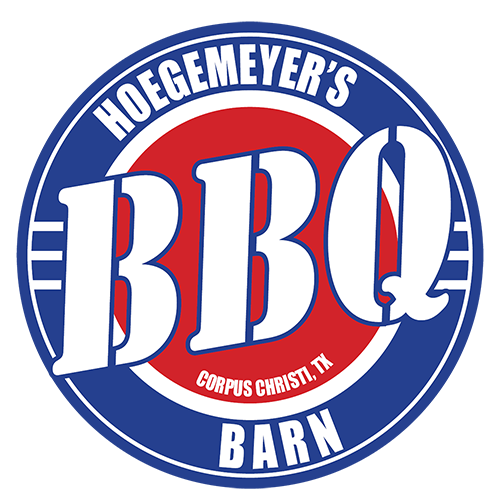How to Order Barbeque Catering
Ordering BBQ catering for a group in Corpus Christi is easier than you think. Whether you’re hosting a company lunch, family reunion, or special event, the big question is always how much food to order. From slow-smoked brisket and sausage to classic BBQ sides like potato salad and beans, plus sweet tea and homemade desserts, we’ll walk you through how to plan the right amount so everyone at your gathering leaves full and happy.
When it comes to BBQ catering in Corpus Christi, not all pit-smoked barbecue is the same. Our team has years of experience feeding groups of every size, from small office meetings to reunions with hundreds of guests. We make it simple to order the right amount of meat, sides, desserts, and drinks—so you can relax and enjoy your event while we handle the food. Contact us for any questions you might have about ordering BBQ for groups.
Ordering BBQ for a crowd doesn’t have to be complicated. The key is knowing how many people you’re feeding. Here’s a simple guide to help you plan.
Step 1: Count Your Guests
Always confirm headcount with RSVPs (mail, online services like Evite/Eventbrite, or phone).
Add a 10% buffer to cover no-shows and surprise guests.
For kids under 12, count 2 children as 1 adult.
Step 2: Meat Portions
Plan ⅓ to ½ pound of meat per adult (total, not per meat).
For ribs, use the higher end (½ pound).
Quick math:
Guests × 1.1 (buffer) ÷ 3 = minimum pounds of meat
Guests × 1.1 ÷ 2 = maximum pounds of meat
Step 3: Sides
1 gallon of sides per 10 guests (that’s 4 quarts).
Limit to 2–3 side options to avoid running out of favorites.
Quick math:
Guests × 1.1 ÷ 10 = gallons of sides
Multiply by 4 for quarts
Step 4: Beverages
Minimum: 1 gallon of tea per 10 people
Recommended: 2.5 gallons per 10 people (average guest drinks ~2.5 cups)
Pro Tips
Have volunteers serve portions until everyone has eaten once.
Bring ice chests to keep food hot for hours.
Brisket is usually packed uncut to stay moist—ask for a quick cutting demo when you pick it up.
Taste BBQ from different places before booking. Check what’s included (sauce, pickles, bread, utensils, etc.).

